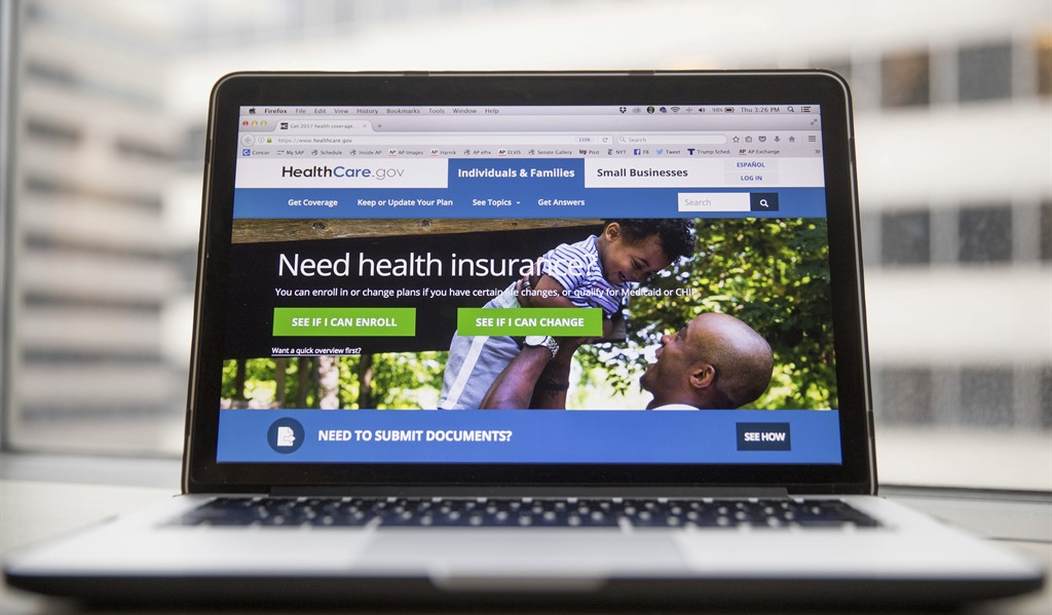Obamacare insurers in Oregon have submitted their rate requests for 2018 and those rates range from a 12% drop on some plans to a 66% increase on others. Charles Gaba at ACA signups calculates the weighted average of the requests is 17.2 percent.
Gaba also posts the letters various insurers submitted justifying their requests. Those letters contain an explanation of the factors driving the double-digit rate hikes. For instance, ATRIO opens it’s letter saying, “ATRIO’s 2016 premiums were insufficient to cover the cost of its claims, and, while the increase from 2016 to 2017 is expected to mitigate a portion of the shortfall, ATRIO believes that the calculated increase is necessary to achieve adequate rates in 2018.” In short, they lost money in 2016 and haven’t recovered.
Another Oregon insurer, BridgeSpan, has a similar justification. “The main driver of the rate change is the increasing cost of medical care,” their letter states. However, the letter also mentions another factor which Gaba highlights [emphasis his]:
“Another driver is the expectation that lower cost members are less likely to purchase coverage in 2018.”
Translation: We don’t expect HHS to actually enforce the individual mandate (or, at the very least, BridgeSpan is pretty sure that potential enrollees don’t think HHS will enforce the mandate, which amounts to the same thing…it doesn’t really matter whether they do enforce the mandate if enough people think they won’t).
These are rate requests, meaning that Oregon’s insurance commissioner will look them over and could push insurers to accept something lower before actual rates are announced.
The requested rates in Oregon are high but not as bad as those requested in a couple other states. Earlier this month a large Obamacare insurer in Maryland requested a 59% premium increase for next year. The same insurer requested a 35% increase in Virginia. That insurer’s CEO, Chet Burrell, also described Obamacare as being in the first stages of a “death spiral.”
Connecticut has also released the rate requests it received from insurers and those averaged 24%, about the same as the national average last year.








Join the conversation as a VIP Member